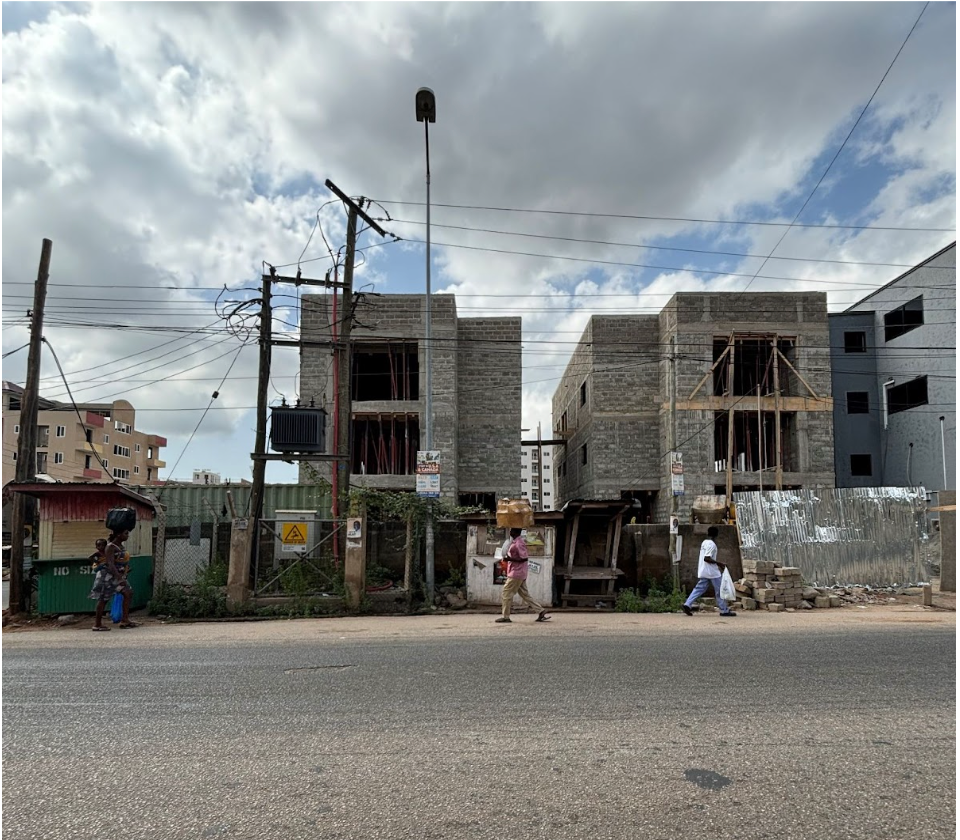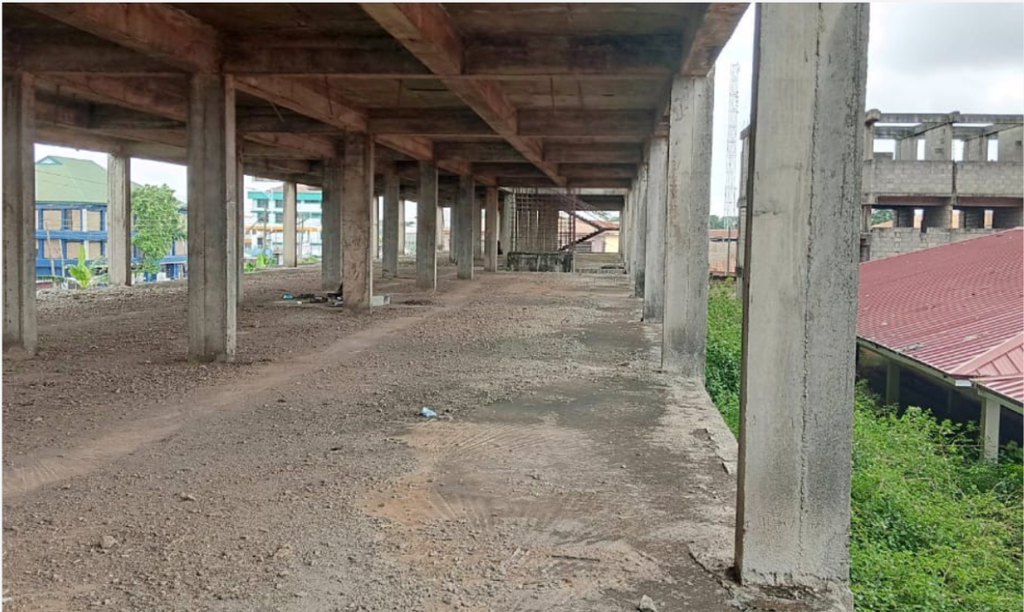Reasons behind Ghana’s unfinished buildings and their impacts
)
Data from the 2021 Population and Housing Census (PHC) conducted by the Ghana Statistical Service (GSS) reveals that approximately 20% of all structures in the country are incomplete.
The reasons for these unfinished buildings vary, whether they are private homes or public infrastructure, but they are all rooted in Ghana’s economic realities.
A Culture of Homeownership
Owning a home is a significant cultural aspiration for many Ghanaians, often pursued gradually. Kuukuwa Manful, Assistant Professor of Architecture at the University of Michigan, who studies Ghanaian architecture, shared insights with Pulse Ghana on the subject.
Construction typically begins as soon as individuals acquire land, but homes are rarely completed all at once. It is “very normal to build your house incrementally and when you can gather money,” Professor Manful explained.
This incremental approach is a pragmatic response to Ghana’s fluctuating economy. Professor Manful noted that when the cedi depreciates against the dollar, the cost of building materials—most of which are imported—rises. As a result, many projects are paused while homeowners save money to continue.

Houses with walls but no roof or foundations waiting for walls are a common sight, yet these structures are not abandoned. Instead, they reflect the socio-economic realities faced by Ghanaians.
Unfinished Public Infrastructure
Incomplete government projects add another dimension to the issue. Many public infrastructure projects across the country remain non-operational or abandoned. Examples include 12-unit classroom blocks at Lashibi TMA School and Klagon TMA School, the Sunyani Kotokrom and Odumase roads, the Sunyani Regional Library, and the Krofrom market.
A 2017 study by Professor Martin Williams of the University of Oxford found that around a third of government projects initiated in Ghana remain incomplete, consuming nearly 20% of local government investment expenditure.
Professor Williams estimated that the funds wasted on uncompleted projects could have built hundreds of schools, serving over 70,000 children annually. Dorcas Antwi, a fellow of the Ghana Youth Leadership Academy (GYLA), recently highlighted the economic toll of these projects, stating, “These abandoned projects represent billions of cedis that could have been used to create jobs or improve healthcare.”
Causes of the Problem
Corruption is often assumed to be the primary cause of unfinished buildings, but Professor Williams argued that the issue is more complex.
He explained that while corruption is a global challenge in procurement and infrastructure delivery, the main issue in Ghana lies in local politics and shifting priorities. Politicians often struggle to allocate projects equitably among competing communities.
Projects may begin with the intention of completion, but “due to the shifting and unpredictable nature of these local political bargains, the money that was intended to finish one project often gets spent to start another one,” Professor Williams observed.
Professor Manful added that governments frequently initiate projects to garner electoral support. However, the commitment to completing these initiatives often diminishes post-election. She remarked, “Governments have so many competing demands on them to start projects that they end up overstretching their finances and whatever allocations they have to start projects.”
The Impact of Unfinished Buildings
The prevalence of unfinished structures in Ghana extends beyond financial losses, posing social, environmental, and health risks.
A 2023 study revealed that abandoned buildings can become hubs for illegal activities, raising safety concerns and discouraging further development. For instance, the unfinished Krofrom market has reportedly become a hotspot for criminal activity, as noted by the Ghana News Agency.

Additionally, unfinished structures waste resources. Professor Manful highlighted that building materials degrade when exposed to the elements, compromising structural integrity over time. “The longer buildings are left unfinished, the greater the risk that they will deteriorate or even collapse,” she warned.
When construction resumes, these materials often need replacement, driving up costs. Furthermore, dust from construction sites can harm air quality, leading to health issues.
Conclusion
Ghana’s unfinished buildings reflect a complex interplay of cultural goals, economic constraints, and political challenges. Whether private homes or public projects, these structures represent more than stalled development—they carry significant social, economic, and environmental costs.
)
)
)
)
)
)
)
)
)
)
)
)
)
)
)